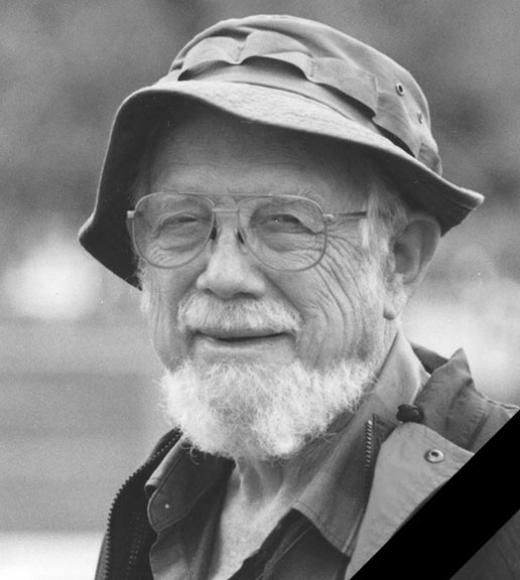
Position Title
In Memoriam
Professor Emeritus of Vegetable Crops
1915-2002
CHARLES MADERA RICK, JR.
Birth: April 30, 1915, Reading, Pennsylvania
Death: May 5, 2002, Davis, California
Education
- B.S., Horticulture/Plant Breeding, Pennsylvania State University, 1937
- Ph.D., Biology/Genetics, Harvard University, 1940
Employment
- Faculty, Division of Truck Crops (later Department of Vegetable Crops), UC Davis, 1940–1985
- Founder and Director, C.M. Rick Tomato Genetics Resource Center, UC Davis
- Emeritus Professor, Department of Vegetable Crops, UC Davis, 1985–2002
Honors, Awards, and Professional Societies
- Elected to the National Academy of Sciences, 1967
- Frank N. Meyer Medal, American Genetics Society, 1982
- Distinguished Economic Botanist, Society for Economic Botany, 1987
- Alexander von Humboldt Award, 1993
- Filippo Maseri Florio World Prize for Distinguished Research in Agriculture, 1997
- American Society of Horticultural Sciences Hall of Fame, 1998
Research Contributions and Impact
Rick was the world’s foremost authority on tomato genetics. His pioneering research mapped the tomato genome and revealed its limited diversity, leading to the use of wild relatives to broaden genetic variation. He conducted 15 expeditions across South America and the Galapagos, collecting and characterizing wild tomato species. These efforts provided genes for disease resistance, stress tolerance, and other traits critical to global tomato breeding.
He founded the Tomato Genetics Resource Center, now a premier gene bank preserving more than 3,600 accessions, many of which are extinct in their native habitats. Rick also introduced “introgression lines,” a method of transferring single chromosomes from wild species into cultivated tomato—a breakthrough in plant breeding and genetics.
Publications and Scholarly Leadership
Rick published more than 150 research papers and established the Tomato Genetics Cooperative in 1949, editing its newsletter for three decades. His systematic studies of wild tomato species remain foundational in plant genetics and biodiversity.
Teaching and Mentorship
Rick was an admired lecturer, known for his rigor, humor, and storytelling. He trained more than 40 graduate students and postdoctoral scholars who went on to lead research institutes, government agencies, and universities worldwide.
Legacy
Charles Rick transformed the tomato into a model organism for plant genetics. His integration of cytogenetics, evolution, and plant breeding continues to have a profound influence on modern genomics and agriculture. His legacy endures through the Tomato Genetics Resource Center, his students, and the countless tomato cultivars enriched by his discoveries.
References
For additional tributes, interviews, and biographies, see the following resources:
